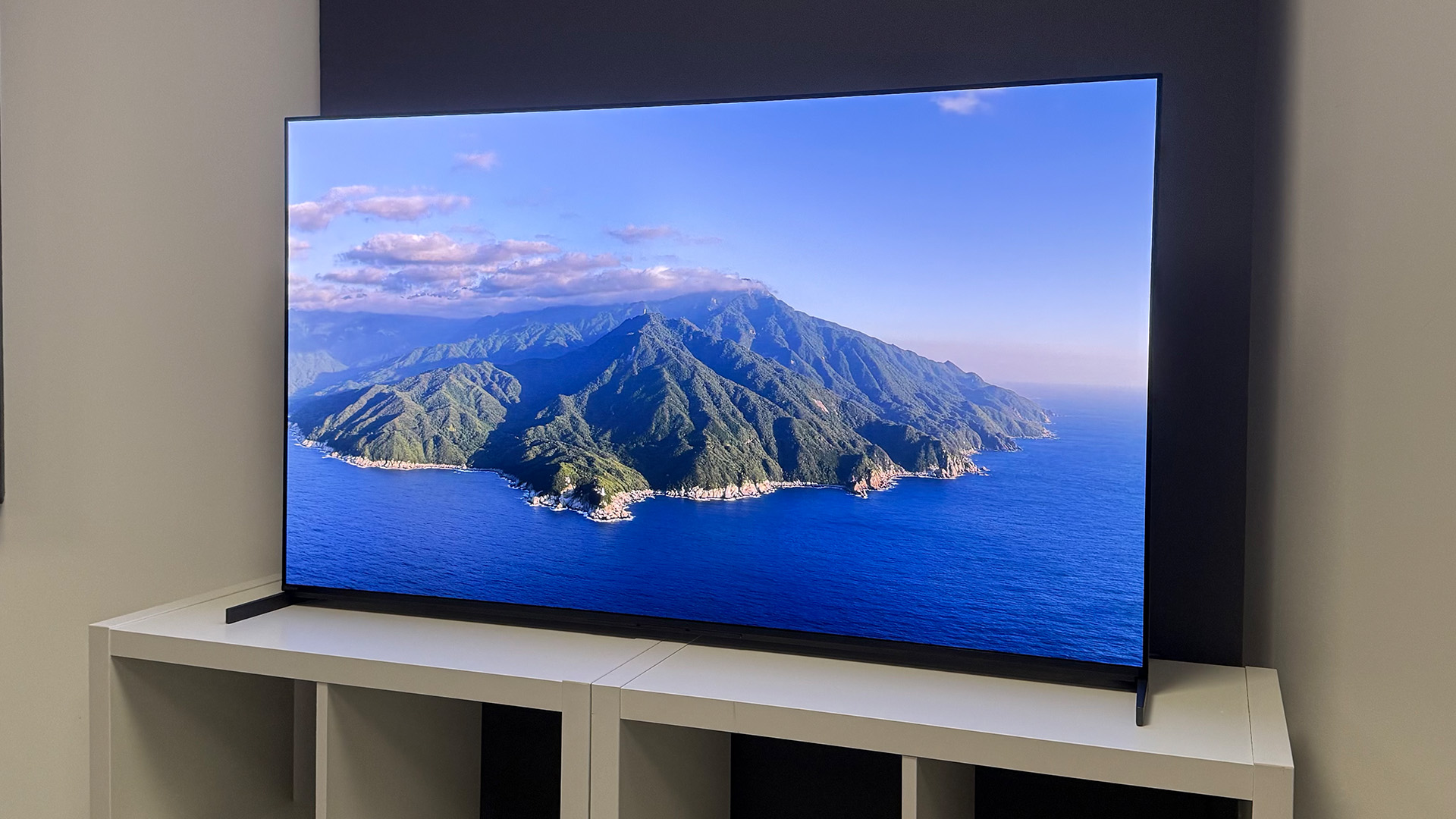Bowers & Wilkins 607 S3 vs 606 S3: which B&W speakers should you buy?
B&W's new 600 series speakers compared

Drive units: 25mm titanium tweeter, 13cm Continuum mid/bass
Impedance: 8 ohms
Sensitivity: 84dB
Dimensions (hwd): 30 x 16.5 x 20.7cm
The smaller 607 have traditionally played second fiddle to the larger 606; but not this year. We prefer their fun, energetic performance which is rhythmically cohesive, clear and well organised. They are pricier than before, but worth every penny.
Pros
- Improved clarity, refinement and openness
- Punchy, dynamic and lively sound
- Knows how to have fun
- Classy build and finish
Cons
- Sweet treble can sound a touch forward
- Needs care with system matching
- Price rise over predecessors
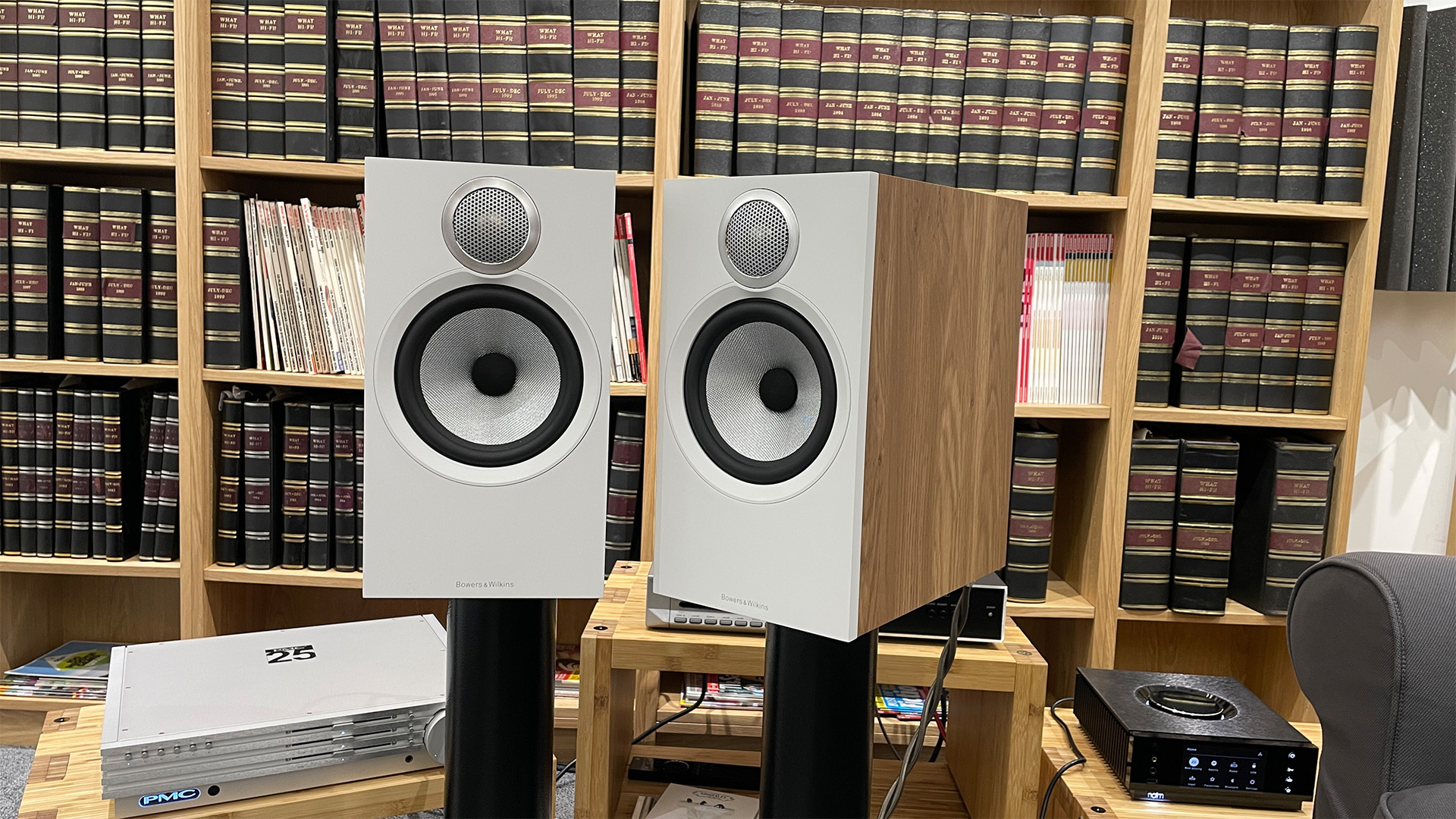
Drive units: 25mm titanium tweeter, 16.5cm Continuum mid/bass
Impedance: 8 ohms
Sensitivity: 88dB
Dimensions (hwd): 34.4 x 18.9 x 30cm
The 606 S3 pack more of an impact thanks to the deeper cabinet and larger driver, and they produce a mature, open and refined sound that purists will love. Those with more space, more funds and in want of more bass will not be disappointed.
Pros
- Bigger, punchier, more open sound
- Stunning clarity, detail and refinement
- Easy to listen to
- Good build quality
Cons
- Take care with partnering equipment
- Could sound a bit more fun
Bowers & Wilkins' new 600 Series S3 is the eighth generation of the brand's multi-Award-winning range of speakers. The four-strong line-up features a bevvy of improvements, including trickle-down technology taken from B&W's step-up 700 Series S3 range and the new flagship 800 Signature Series range.
There are two standmounters in the new range, and we have tested and reviewed both to five-star acclaim. But which speaker should you buy? The 607 S3 is the brand's latest entry-level standmounter, and also the smaller of the two. The 606 S3, is bigger, more expensive and has a larger mid/bass driver.
How do they compare? Glad you asked...
Bowers & Wilkins 607 S3 vs 606 S3: price
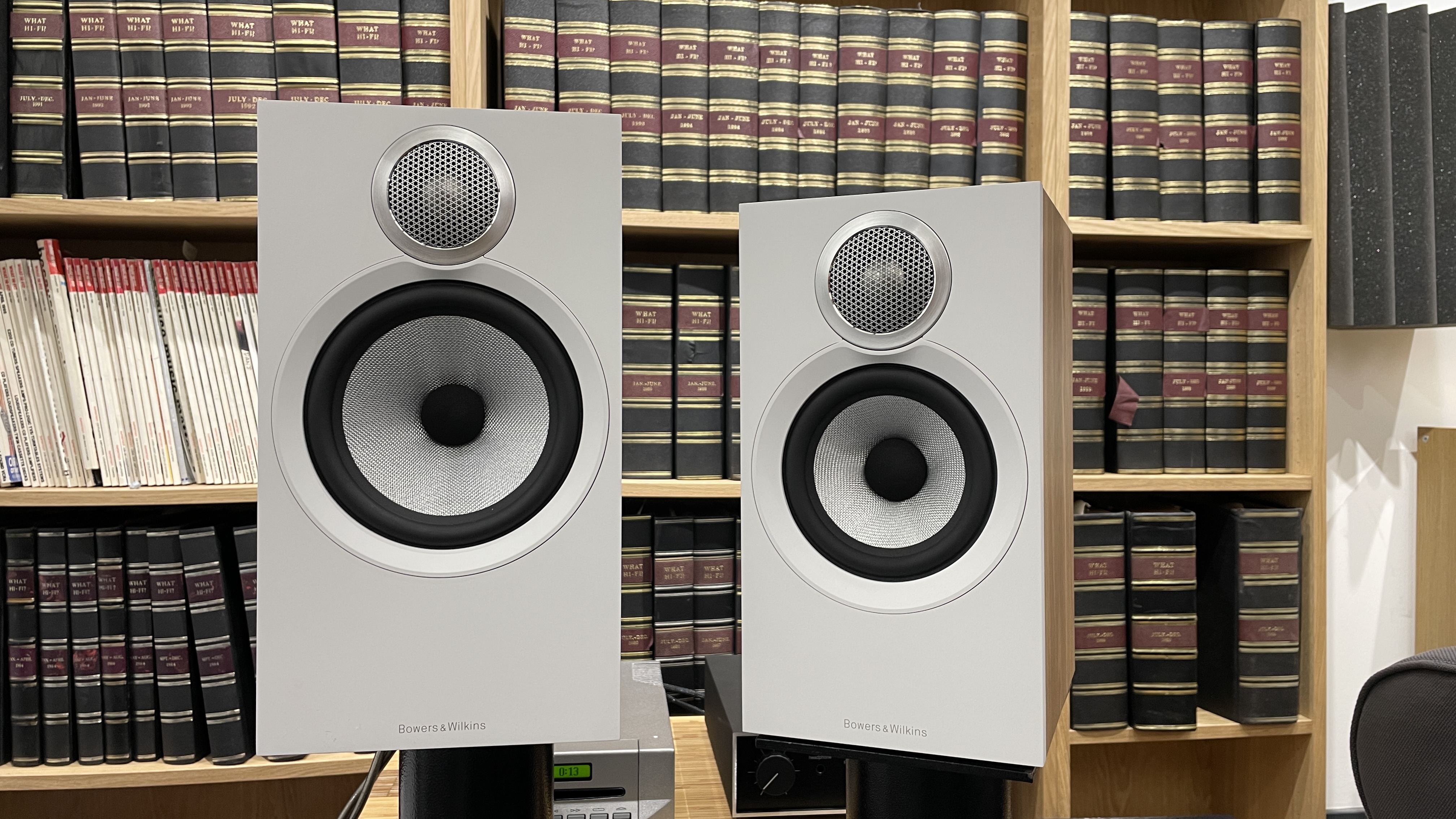
The 607 S3 is the cheaper model, coming in at £599 / $900 / AU$1149. That's a fair bit pricier than the S2 Anniversary Edition model, but we all know what has happened to the world economy since they launched back in 2020. (For comparison, the previous-generation 607 S2 Anniversary Edition launched at £449 / $700 / AU$995.) The 607 S3 aren't exactly cheap, but they are B&W's entry-level speakers in the range.
The 606 S3 are a step up, costing £749 / $1100 / AU$1499. Again, there is a similar jump up in price from its predecessors, the 606 S2 Anniversary Edition (which launched at £599 / $899 / AU$1299).
Both models are brand new, so we wouldn't get our hopes up for a deal anytime soon, not even on Black Friday or Amazon's Prime Big Deal Days in October. Though you never know your luck...
**Winner: Bowers & Wilkins 607 S3**
The latest hi-fi, home cinema and tech news, reviews, buying advice and deals, direct to your inbox.
Bowers & Wilkins 607 S3 vs 606 S3: build
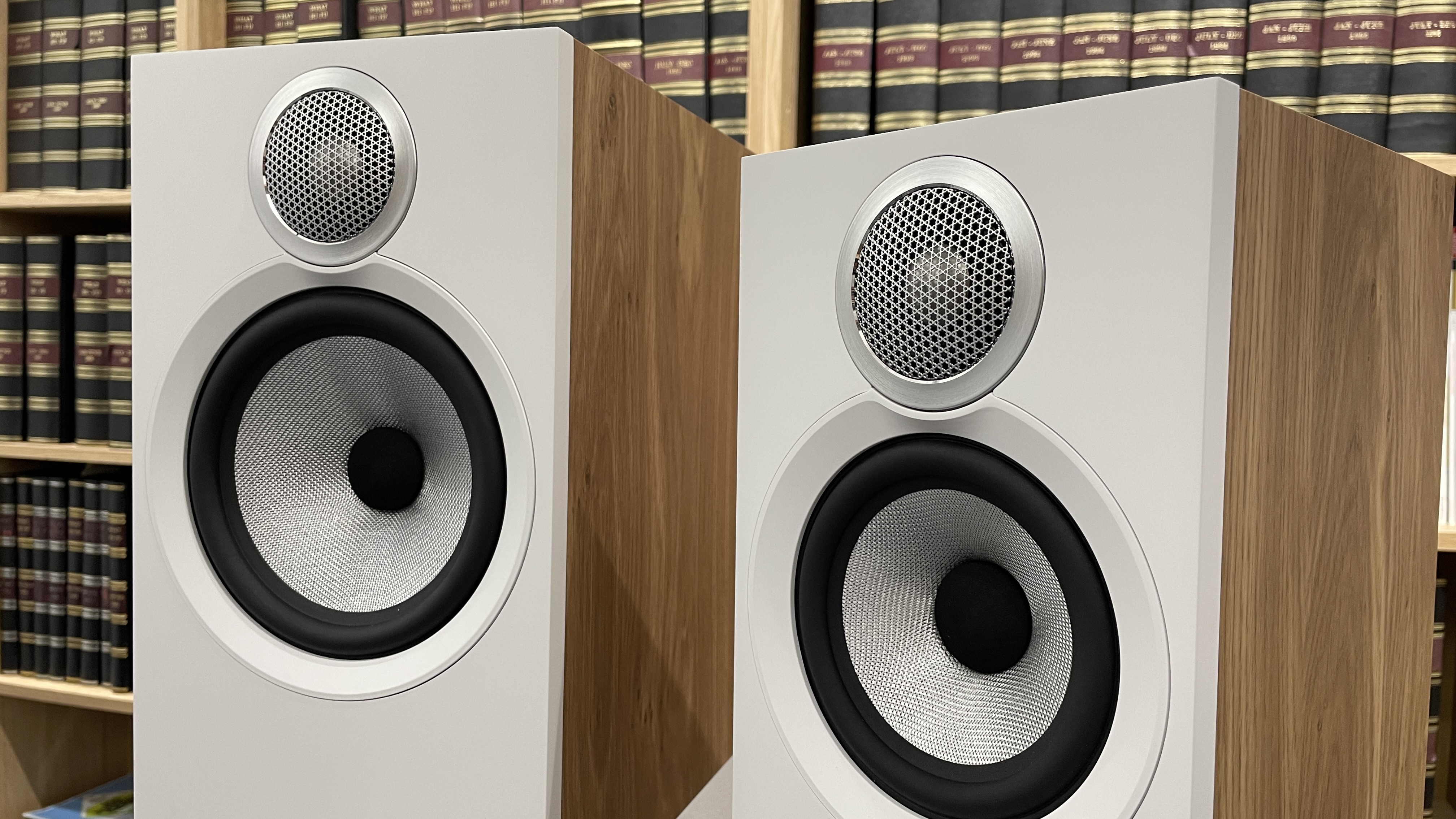
As you can see, B&W doesn't do cheap. But its speakers are always well made, and that is certainly true of the 600 S3 range.
In fact, the 607 S3 looks near-identical to its predecessor, including the aesthetics, two-way configuration, and even down to the dimensions. At 30 x 16.5 x 20.7cm, the 607 speakers are a little smaller than the step-up 606 S3, each of which measures 34.4 x 18.9 x 30cm.
Both models come in Black, White or Oak finishes (a Cherry finish will be exclusive to Asia-Pacific).
The aesthetics might be the same, but inside a lot has changed. Both speakers use titanium in their tweeter assembly for the first time. The tweeter's thin 25-micron main dome and reinforced 30-micron ring are both made of titanium, which should make for more detail in the higher frequencies.
A new mounting plate helps sound dispersion, while the more open tweeter grille design is taken from B&W’s recently introduced 800 Series Signature.
Another difference is the size of the mid/bass driver. The 606 S3 has a larger 16.5cm model, compared with the 607 S3's 13cm. These Continuum mid/bass drivers have a new motor assembly, and the crossovers have upgraded bypass capacitors taken from the 700 Series S3 line to aid transparency. The tube-loading system at the back of the tweeter is now longer to further reduce unwanted, rearward standing waves from affecting the tweeter's output.
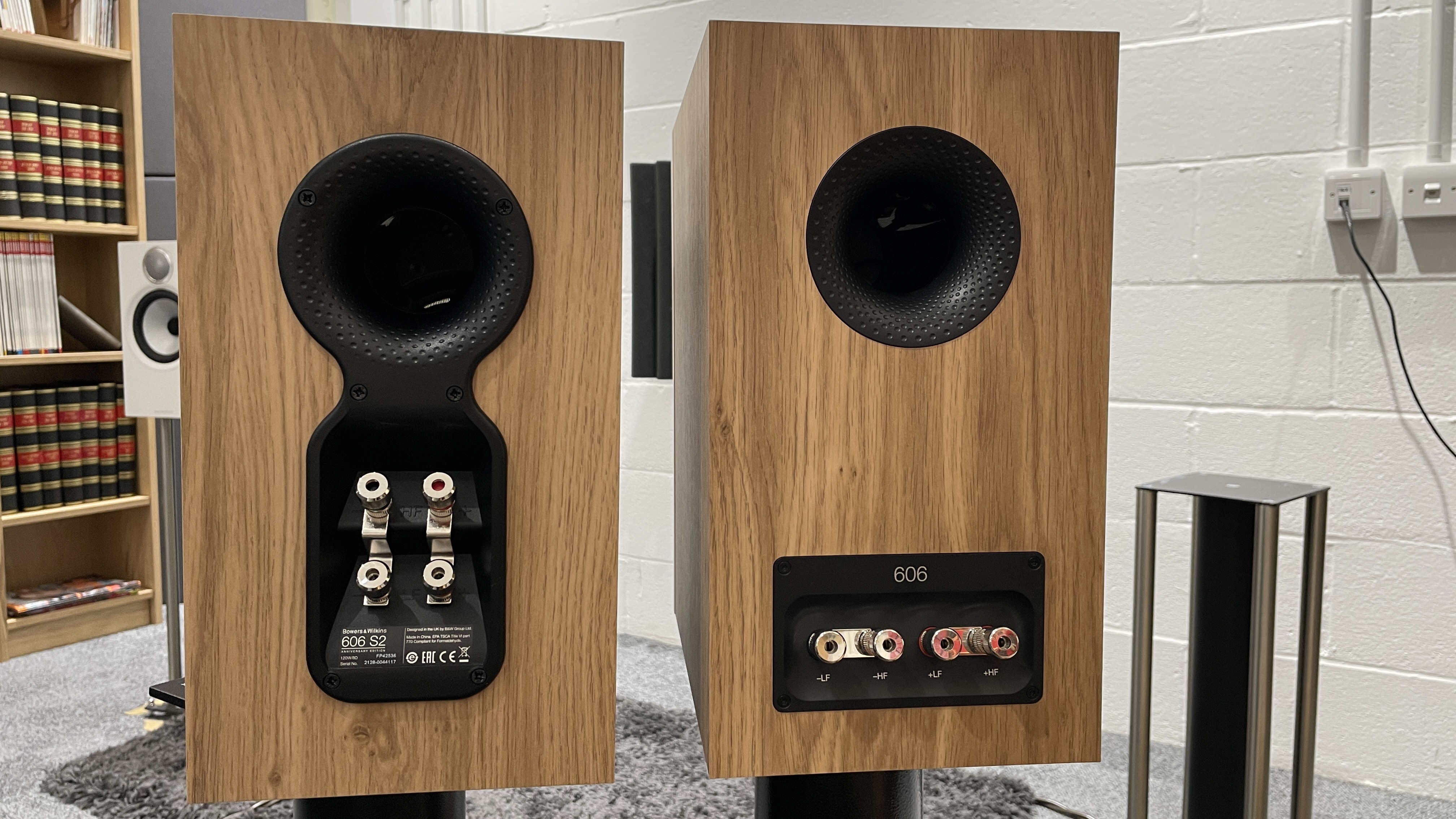
The cabinet design has been tweaked too, bringing the tweeter and main driver closer together. Overlapping trim rings help to improve imaging and driver integration, while the cabinets' internal bracing has been strengthened by upgrading the wood used. Using B&W's own FS-600 S3 stands? Both speakers have new metal threaded inserts in the bottom to help them sit more securely atop the stands.
Around the back, the speaker terminals' layout has also been upgraded to the same side-by-side arrangement as the 700 Series, which looks a lot neater.
**Winner: Draw**
Bowers & Wilkins 607 S3 vs 606 S3: sound

With all these improvements, you would expect a better sound. And you get it.
The 607 S3 have a more open soundstage than their predecessors, but never lose their sense of fun. They have oodles of clarity and refinement, producing a performance that is in equal turns entertaining, zippy and musical.
They make our test tracks sound rhythmically cohesive, agile and well-organised. Because of their size, they are not able to offer the same kind of teeth-rattling bass of bigger models, but they do still pack quite a low end, not to mention a scale that happily fills a small- to medium-sized room. And the new titanium dome offers a cleaner, sweeter-sounding treble that is lovely to listen to. It makes the highs through the older 607 S2 model (which is a multiple Award-winner) sound rather coarse by comparison.
They also sound great at quieter volumes, which isn't something we can say about all of B&W's devices (the 705 S3 speakers and Px8 headphones both suffered here). If you are limited on space and are worried about disturbing your neighbours, the 607 S3 should fit into your listening room with ease.
A word of warning: pick your partnering kit with care. The 607 S3's enthusiastic character gives it a rather forward presentation that will be exacerbated by similarly inclined separates. A more balanced-sounding amplifier (such as the Cambridge Audio CXA81, the Rega Brio or Marantz PM6007) with plenty of grunt will do just fine.
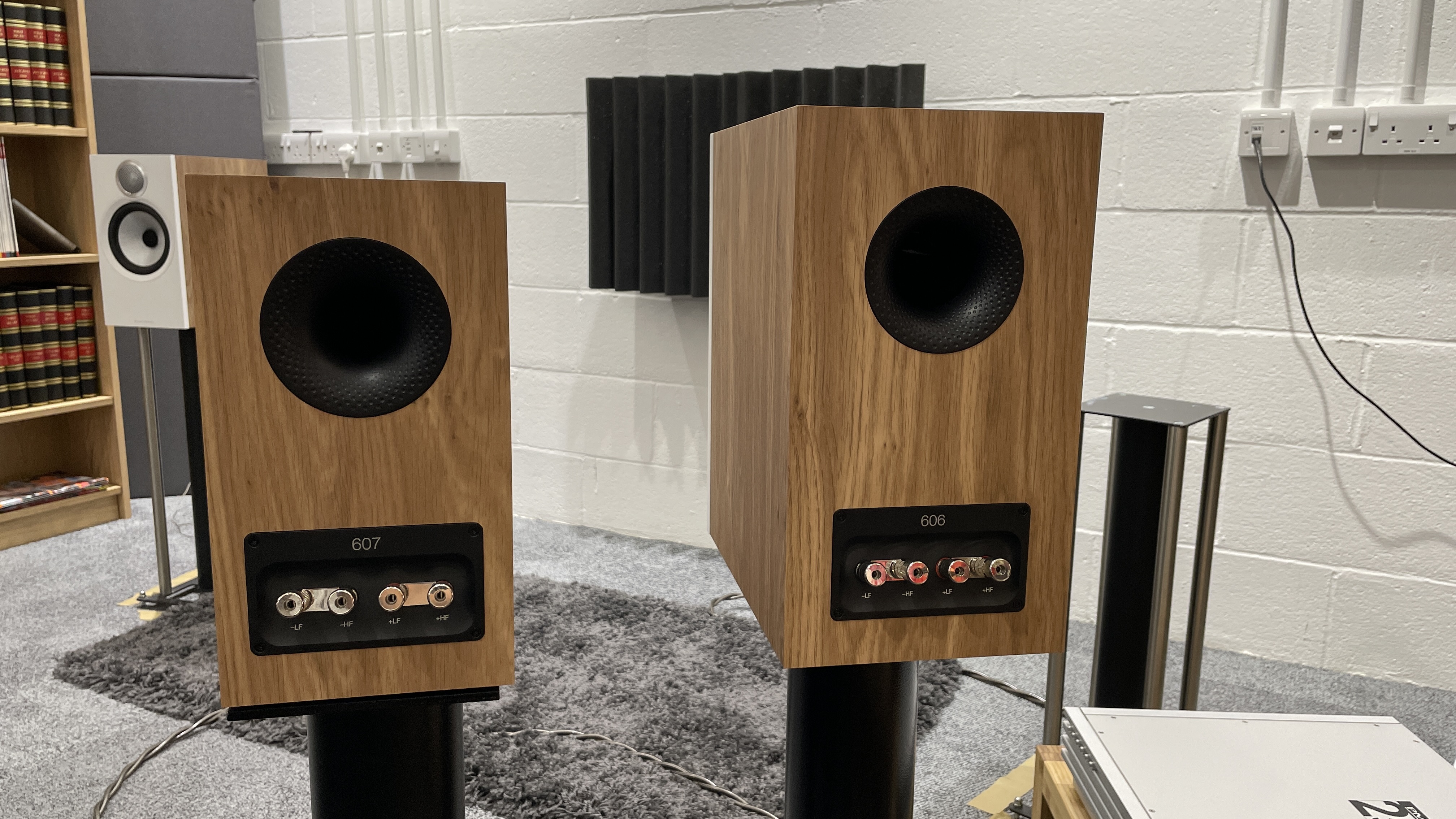
The 606 S3 is also a big step up from its predecessor, especially in terms of clarity and dynamism. It is lean, precise and refined, with a gloriously open presentation. The sound is even more room-filling than that of the 607 S3, thanks to the bigger mid/bass driver and deeper cabinet adding more weight, punch and authority. Low frequencies have more depth, and that extra bass power goes some way towards taming the over-excitable treble of the 607 S3. Though you should still partner these with care, too, to get the best out of them.
Which should you buy? It depends on your sonic preference. While they are each five-star performers, their presentation is quite different. The 606 S3 are more level-headed and mature, but they are not as fun as the 607 S3, which do a better job with dynamic expression and sound more nimble. The 606 S3, while excelling at attack and agility, aren't quite as cohesive as the 607. The smaller siblings knit songs together as a musical whole more convincingly.
Which is a reversal of previous iterations. With the S2 Anniversary Editions, we tended to prefer the 606 over the smaller 607 model, but here the 607's spunky performance is just more fun than the more relaxed – dare we say sedate – approach of the 606. But if it's pure impact you're after, the 606 have the bigger sound.
**Winner: Bowers and Wilkins 607 S3**
Bowers & Wilkins 607 S3 vs 606 S3: verdict
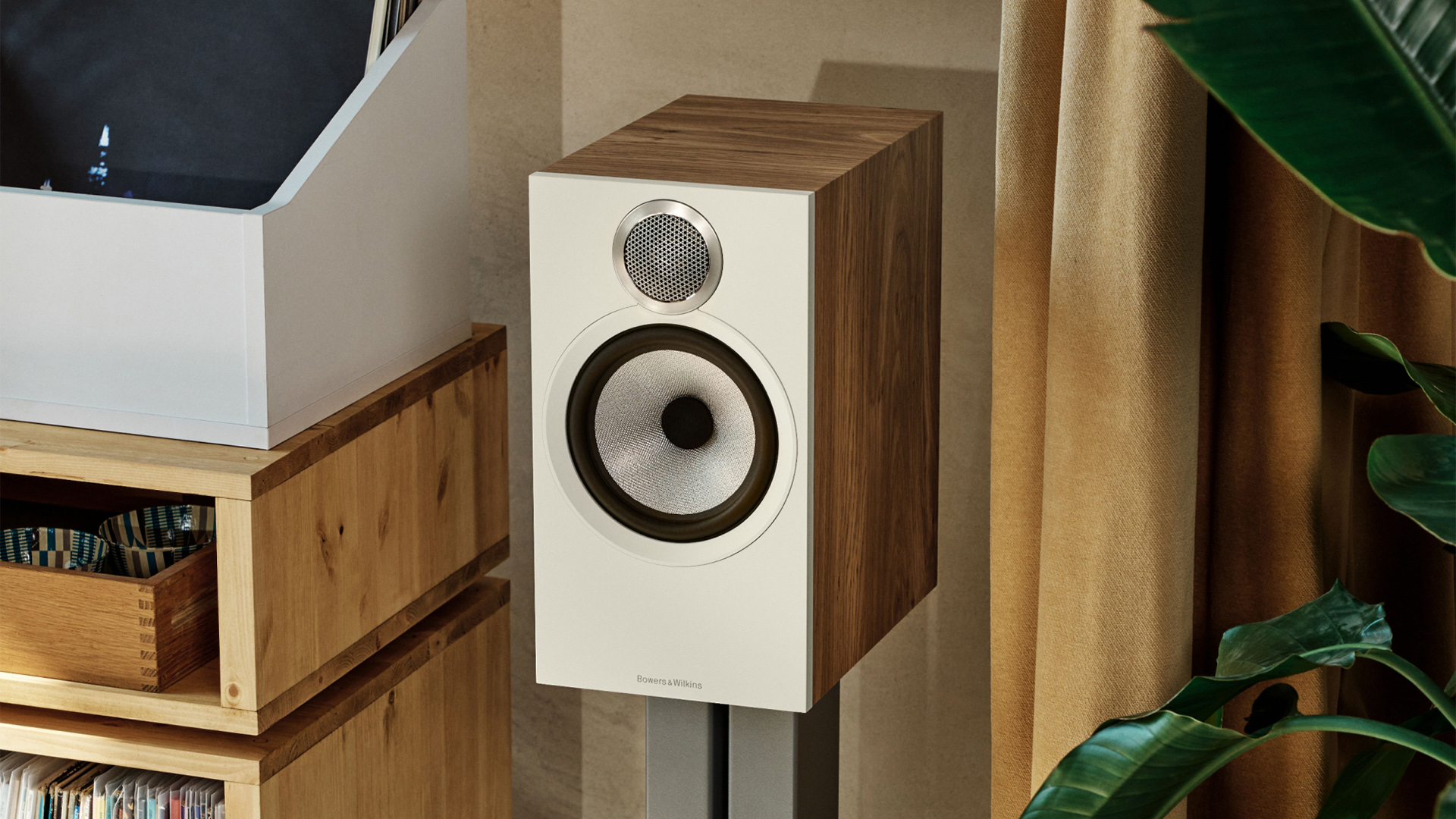
Our expectations were high for a new 600 S3 Series, which is understandable given its pedigree. Even so, we were bowled over by the 607 S3 and 606 S3 speakers. Both are big improvements on their predecessors, which, given their Award-winning status, is no mean feat.
Which is best for you really comes down to your space, budget and sonic preference. We prefer the smaller 607 S3, which is a break from tradition. They are more fun and dynamic than the more staid and buttoned-up 606 S3. But the 606 S3 still have plenty going for them, and fans of a more mature presentation – and those with deeper pockets – will find plenty to like.
MORE:
Read our full B&W 607 S3 review
And our review of the B&W 606 S3
Best speakers: budget to premium stereo speakers
Joe has been writing about tech for 20 years, first on staff at T3 magazine, then in a freelance capacity for Stuff, The Sunday Times Travel Magazine (now defunct), Men's Health, GQ, The Mirror, Trusted Reviews, TechRadar and many more. His specialities include all things mobile, headphones and speakers that he can't justifying spending money on.
- Kashfia KabirHi-Fi and Audio Editor

